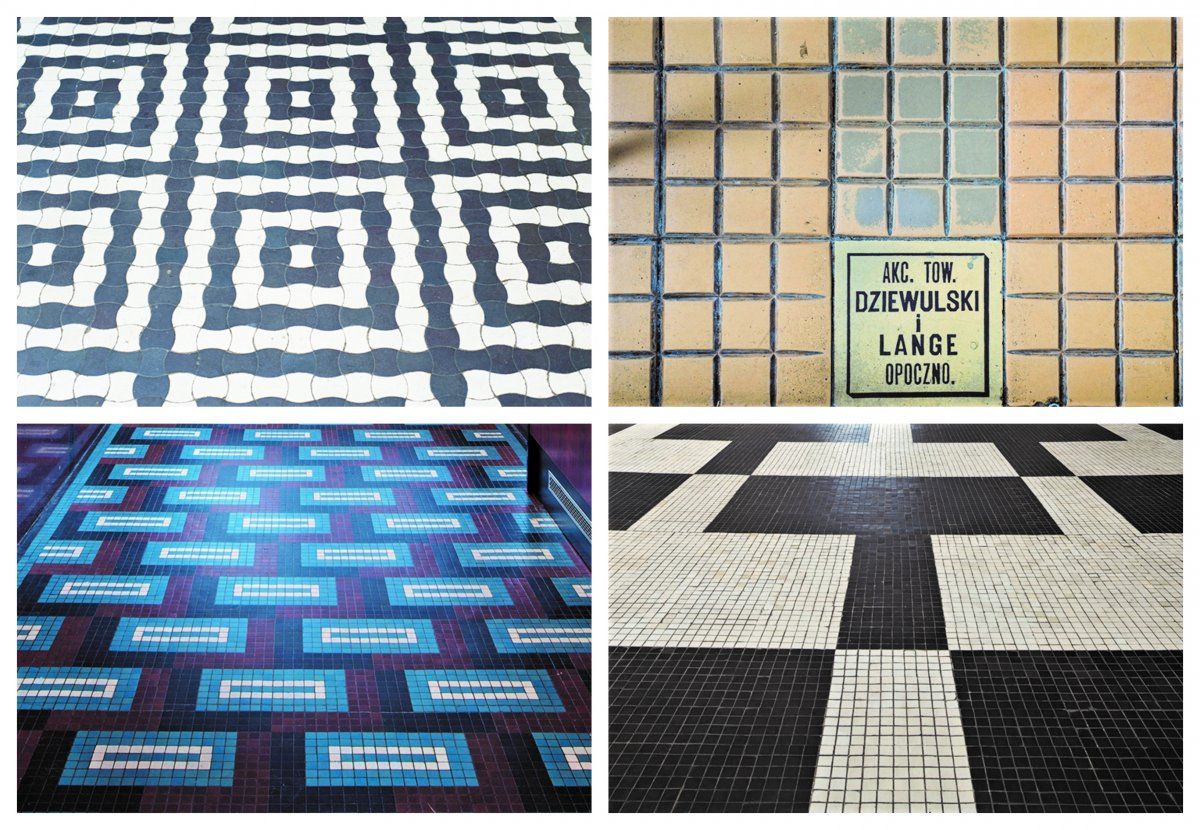Hexagonal or quadrangular, round or rectangular, black and white or colorful: exciting tiles of various tones and shapes await those interested in the modernist buildings of Gdynia. Let’s see a few examples.
The city of Gdynia in Poland is well-known for its modernist architecture, however, it is not just the exterior of the buildings we should be looking at: the interiors of the houses also hide many treasures, including the stairs, windows, doors and floors of characteristic design. In Gdynia, the important decorative elements of modernist buildings included the use of tiles, defining the atmosphere of interiors with the help of various compositions.
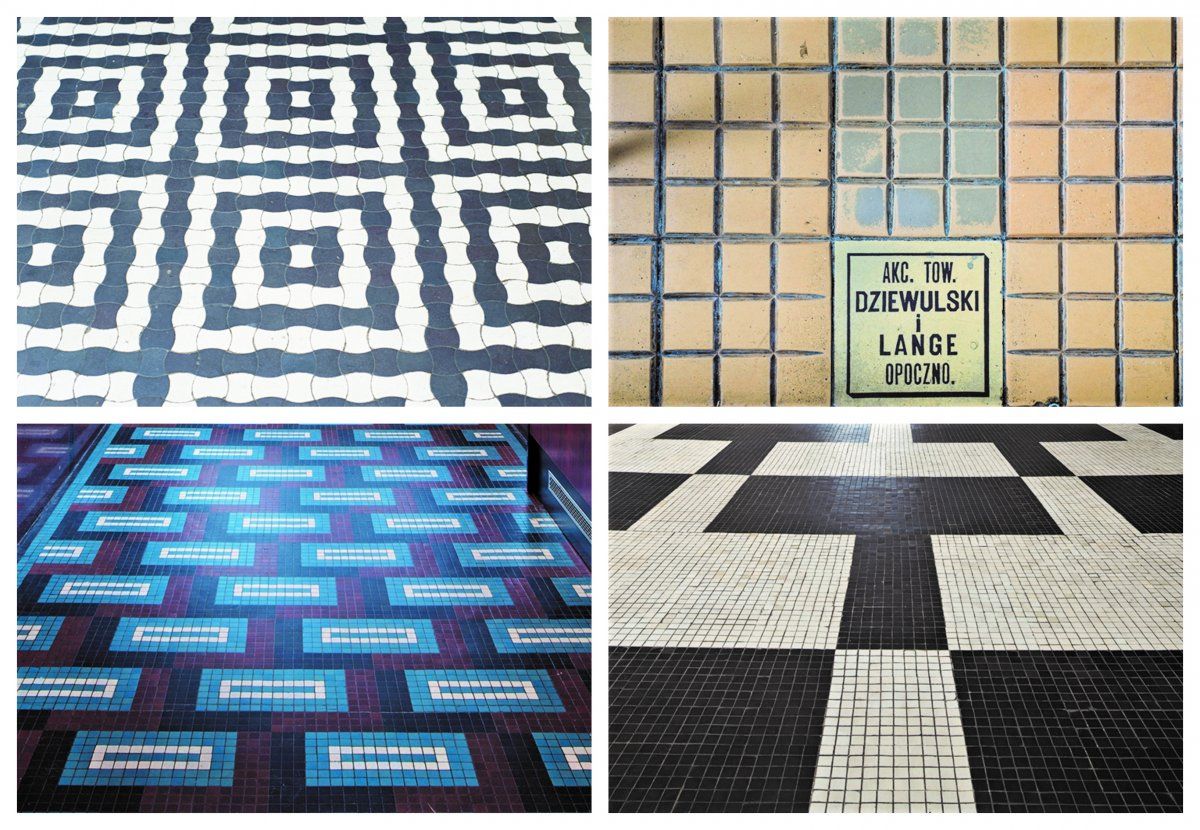
The most frequently used shapes of tiles were the quadrangular, hexagonal and octagonal ones, including the corset-like versions with rounded sides (two concave and two convex). The tiles were laid in each building uniquely: they appeared on the entrance zones or stairs of residential and public buildings frequently, but they were also preferred for decorating corridors and bathrooms. A great advantage of tiles is abrasion-resistance, allowing posterity to admire many interior sections in their original condition even today.
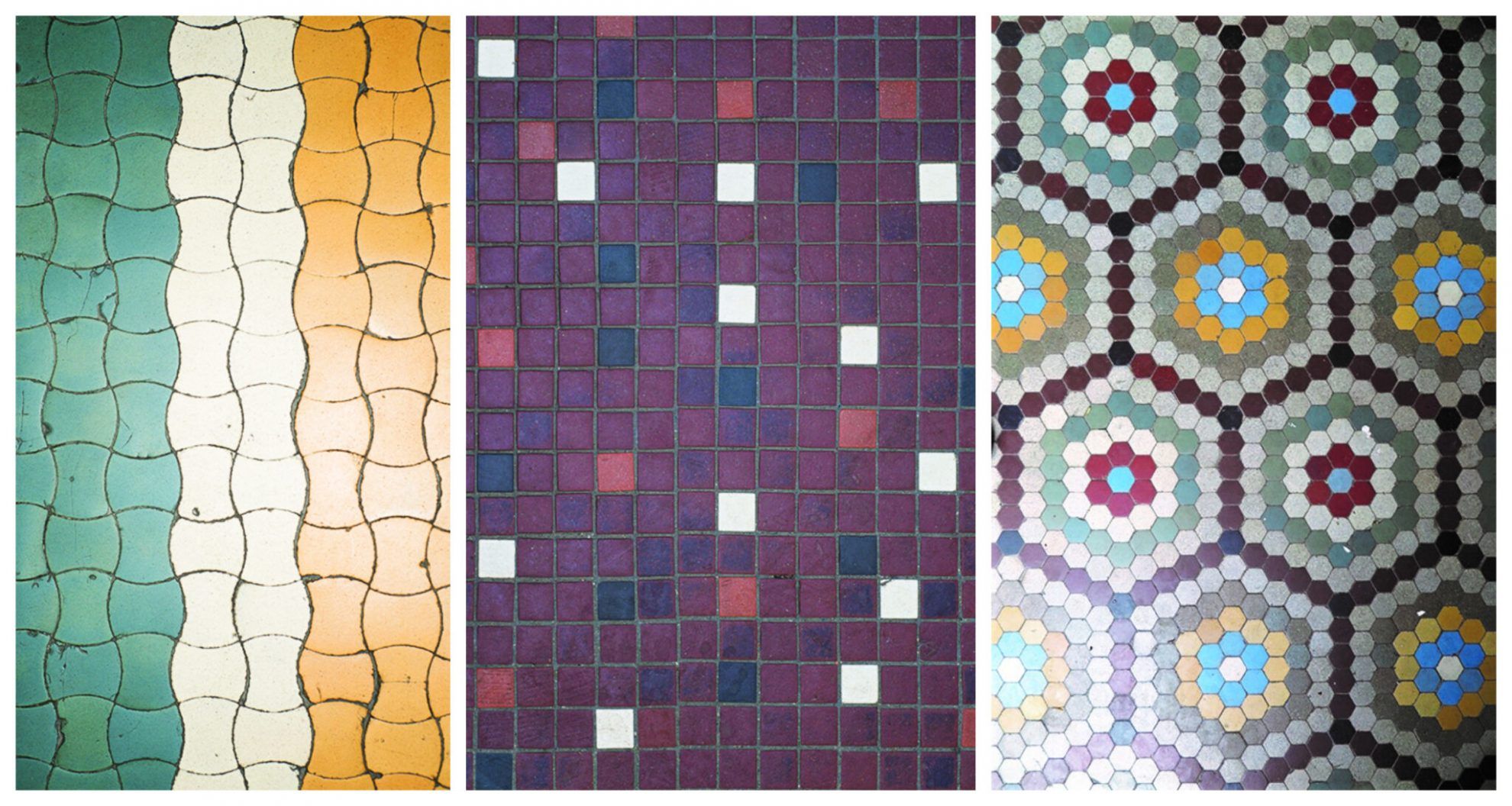
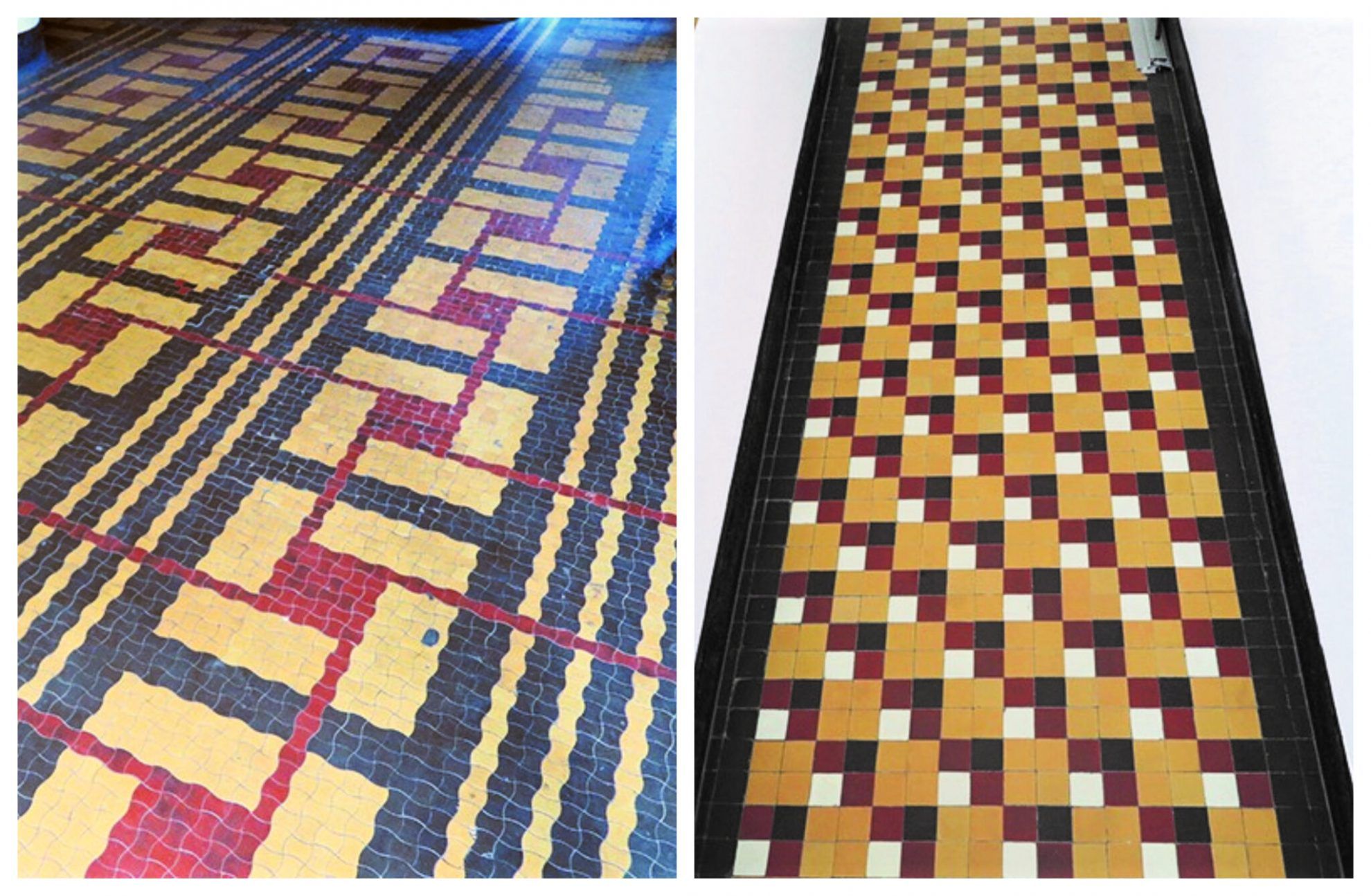

HIGHLIGHTS | Let’s get cooking!
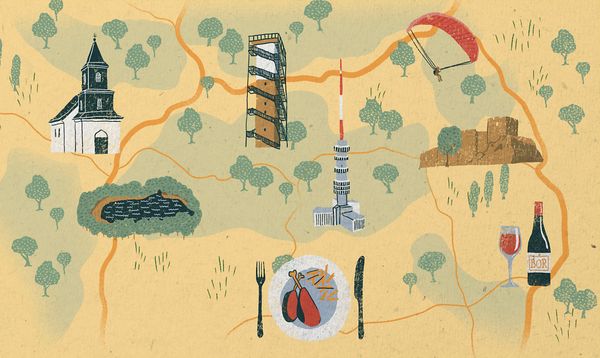
Indulj el! | Mátra










